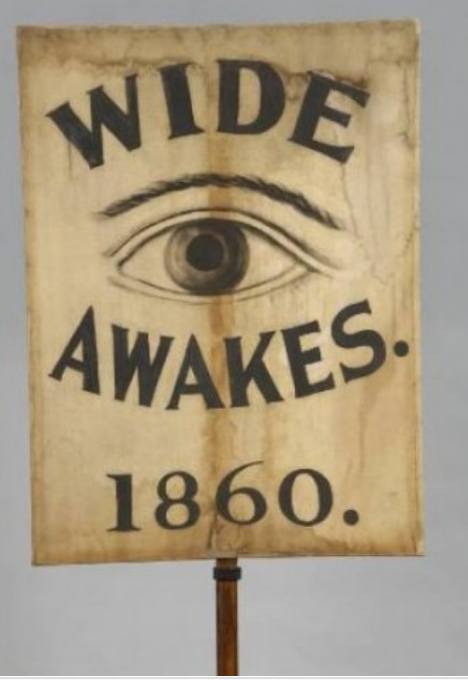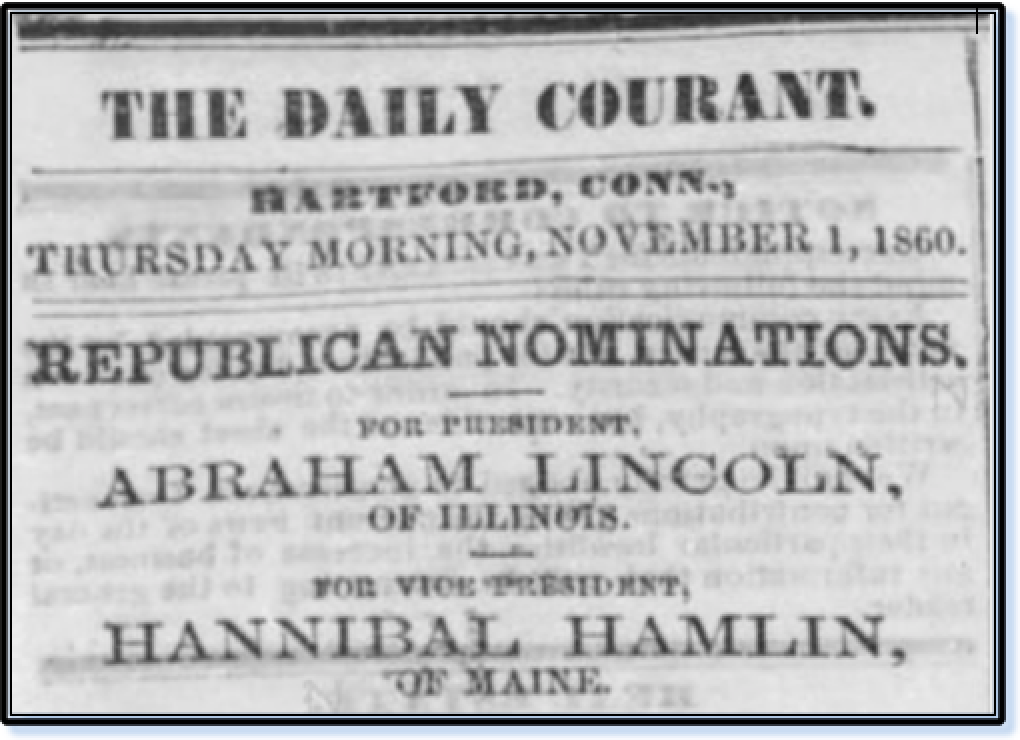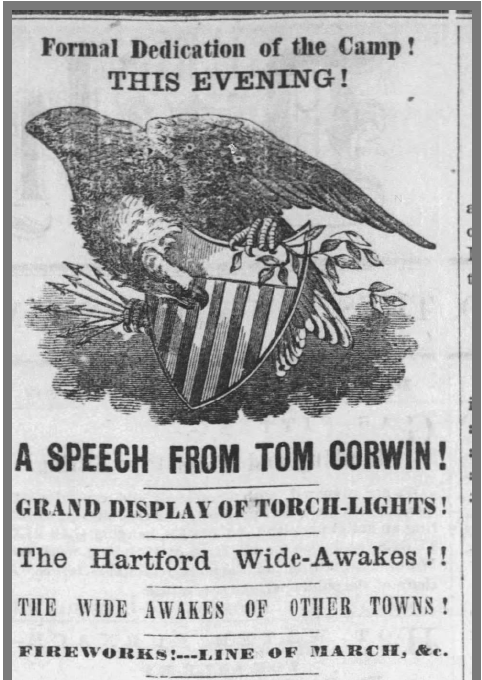The Spencer Shops
My paternal grandparents were master craftspeople, running the premier woodworking shop in Hartford, Connecticut during the 17th and 18th centuries. Their handiwork produced exquisite furniture that stands as a testament to their artistry. Below I’ve included brief biographies of these gifted ancestors along with links to view some of the beautiful chairs attributed to their Spencer and Spencer-King workshops. Take a moment to admire the elegant lines and intricate details of their designs, passed down through generations of dedicated artisans. Their legacy of fine craftsmanship lives on in these striking pieces. The first chair noted, sold by Sotheby’s at auction, carried an estimate of $10-15,000!
Thomas Spencer (1607-1687) – My 9th great-grandfather
Thomas Spencer was one of four brothers who emigrated to the Massachusetts Bay Colony from England arriving in 1633, first living in Cambridge, Massachusetts and then moving to Hartford, Connecticut in 1636. Thomas served in the Pequot War alongside Nicholas Disbrowe and later both of them had a long association as fellow woodworkers.
Nicholas Disbrowe (1612-1683) – My 9th great-grandfather
Nicholas Disbrowe (Disborough/Desborough) was a carpenter/joiner/cabinetmaker from Essex, England and was an original founder of Hartford, Connecticut. Nicholas was one of the earliest known American furniture makers and is famous for the Hartford Chest. “Disbrowe was no ordinary carver and his designs are distinguished by undulating bands of carved tulips flowing from stiles to rails without breaking, Disbrowe’s designs were carefully worked out to fit the individual piece and no two pieces were identical.”
Obadiah Spencer Jr. (1666-1741) – My 7th great-grandfather
Obadiah, a joiner and a turner, was the grandson of Thomas Spencer. It is believed that Obadiah may have been trained as a turner by his paternal grandfather, Thomas, and as a joiner by his maternal grandfather, Nicholas Disbrowe. His uncle, Gerard Spencer (1650-1712), was also a skilled carpenter.
Obadiah’s father was Obadiah Spencer Sr. (1638-1712) and mother Mary Disbrowe (1641-1709), the daughter of Nicholas.
“Obadiah’s shop produced fashionable turned chairs with shaped and carved crest rail and other decorative options in imitation of the sophisticated banister-back and cane-back seating furniture made in Boston.” (source: Sotheby’s). These chairs are products of the Deerfield, Connecticut turning tradition related to the Spencer-King workshops. of Hartford, Connecticut, was the grandson of Thomas Spencer (1607-1687), Hartford’s leading turner during the seventeenth century, and the principal leading joiner.”
Chair #1 Circa 1750 – Sotheby’s
“Important William and Mary Black-Painted Carved and Turned Maple Bannister-Back Armchair, Attributed to the Spencer Family Shop, Hartford area, Connecticut.”
Description: It is a rare example of William and Mary seating furniture from the Connecticut River Valley with a fan and rosette carved crest rail and spool shaped finials. The armchair is attributed to the Spencer family workshop of Hartford since it displays distinctive characteristics associated with that shop. These include the placement of the banisters with the rounded side against the sitter’s back, the shaped rail below that terminates in carved volutes, and the turned rails between the arm supports and the seat rails.
Five Colleges and Historic Deerfield Museum Consortium
Chair #2 Circa 1790-1820
Description: One of a pair of slat-back side chairs supported by turned posts surmounted with the spool finial characteristic of Deerfield area craftsmanship, and fit with the original, woven split ash seat.
Chair #3 Circa 1740
Description: Bannister-back side chair, painted black, attributed to the Spencer family workshop of Hartford, Connecticut. The chair has a solid arched crest rail; four turned banisters with the round side facing forward; flattened arch-shaped bottom rail; ball finials over similarly turned back stiles; trapezoidal rush seat; block-and-vase turned front posts ending in small modified Spanish feet; high front stretcher with vase-and-ring turnings in the center and three similarly-turned side and back stretchers; and plain back legs that are slightly flared near the floor.
Chair #4 – Circa 1740
Description: Attributed to the Spencer family workshop. Bannister-back armchair with rush seat, covered overall with black and gold paint. The armchair has a solid arched crest rail; four turned banisters with the round side facing forward; shaped bottom rail; gilded ball finials on a vase shape over the two turned side rails; two plain arms ending in scrolled handhold; rush seat; turned front posts ending in small peg feet; high front stretcher with two turned ball in the center; and three turned side and back stretchers. The chair was originally painted red and later repainted black and gold, which was possibly added to compete with the fancy chairs being manufactured in the nineteenth century by Hitchcock and others.
Note: The Five Colleges and Historic Deerfield Museum Consortium is an amazing database of objects from the collections of seven museums in the Pioneer Valley of Massachusetts: the Mead Art Museum at Amherst College, Hampshire College Art Gallery, Historic Deerfield, Mount Holyoke College Art Museum, Joseph Allen Skinner Museum of Mount Holyoke College, the Smith College Museum of Art, and the University Museum of Contemporary Art at the University of Massachusetts, Amherst.
Copyright © 2022. All Rights Reserved by David R. French. Questions, Comments and Corrections are Appreciated


